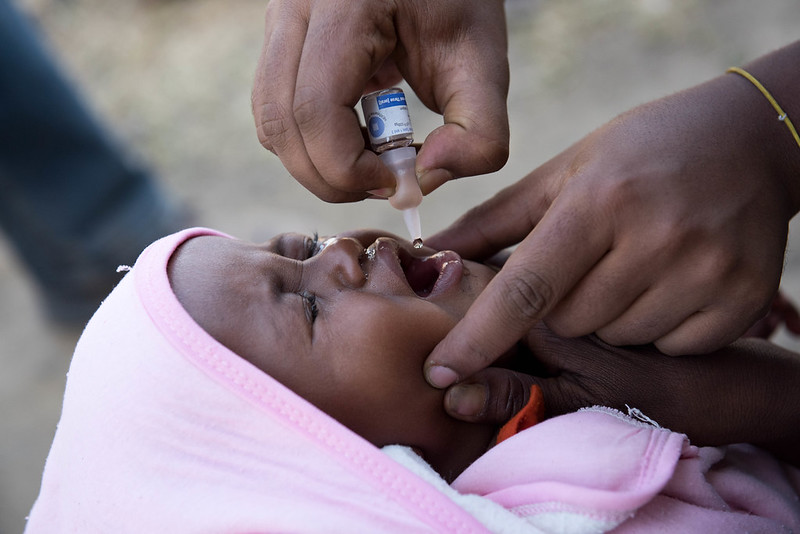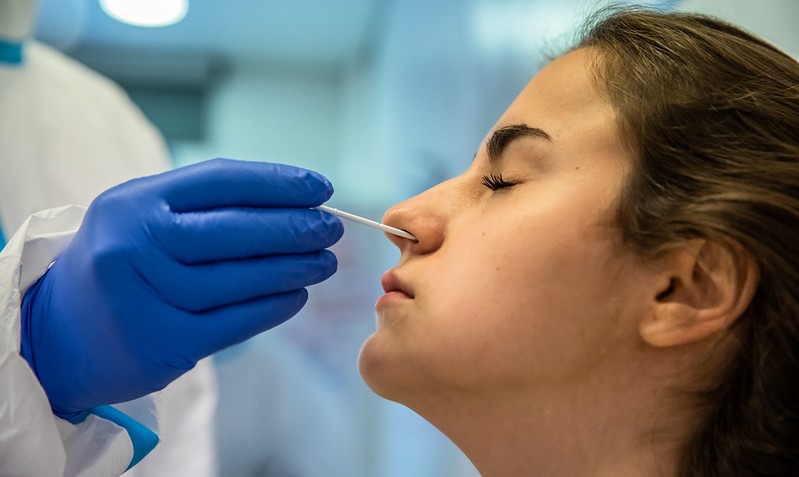
A review of US emergency department (ED) visits involving antibiotic prescribing found that more than a quarter had inappropriate antibiotic prescriptions, and nearly half of those didn't even have a plausible indication for antibiotics, US researchers reported today in Antimicrobial Stewardship & Healthcare Epidemiology.
Using data from the National Hospital Ambulatory Medical Care Survey, which includes patient characteristics, up to five diagnosis codes, and information on up to 30 medications prescribed, researchers examined ED visits with one or more oral antibiotic prescription from 2016 through 2021. They classified each diagnostic code as "always," "sometimes," or "never" justifying antibiotic use to determine whether antibiotic prescriptions were appropriate, potentially appropriate, or inappropriate.
Of the more than 152 million ED visits with one or more antibiotic prescription, 27.6% resulted in inappropriate prescribing, while 14.9% were inappropriate with a plausible indication (such as bronchitis) and 12.6% had diagnostic codes considered not plausibly antibiotic-related, including high blood pressure, chest pain, and joint pain. Thus, only 54% of the visits with inappropriate prescribing had a plausible indication.
ED visits for adults ages 18 to 64 had the highest prevalence of inappropriate antibiotic prescribing (29.8%) compared with adults 65 and older (24.6%) and children (23.7%), while inappropriate prescribing with a plausible indication was highest for children (16.7%) followed by working-age adults (15%) and older adults (12.6%).
Poor coding quality
The authors suggest the visits with inappropriate prescribing and no plausible coded indication for antibiotics could represent instances in which clinicians prescribed antibiotics correctly but neglected to code the condition, or deliberately avoided coding for an inappropriate prescription to avoid scrutiny.
"Findings suggest that ED antibiotic stewardship initiatives should focus both on reducing antibiotic prescribing for infectious, antibiotic-inappropriate conditions and on improving coding quality for antibiotic prescriptions," the study authors wrote.


















